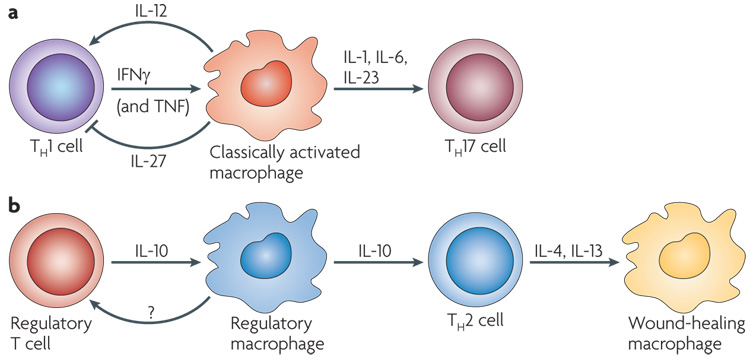Figure 4. Interactions between macrophage and T cells.
a | Interferon-γ (IFNγ) produced by T helper 1 (TH1) cells or CD8+ T cells, along with tumour-necrosis factor (TNF) from antigen-presenting cells, can give rise to classically activated macrophages, which secrete interleukin-1 (IL-1), IL-6 and IL-23. These cytokines can give rise to TH17 cells, which can contribute to autoimmune responses. Classically activated macrophages also produce IL-12 to promote the differentiation of TH1 cells, but they can also produce IL-27, which inhibits various immune responses and negatively regulates TH1 and TH2 cells119. b | IL-10 produced by regulatory T cells can give rise to a population of regulatory macrophages, which act as antigen-presenting cells, produce IL-10 and can induce the expansion of TH2 cells. There is controversy about whether some regulatory macrophages can also promote the development of regulatory T cells. IL-4 and/or IL-13 produced by TH2 cells can promote the development of wound-healing macrophages, but these macrophages are poor antigen-presenting cells and may even inhibit T-cell proliferation.

